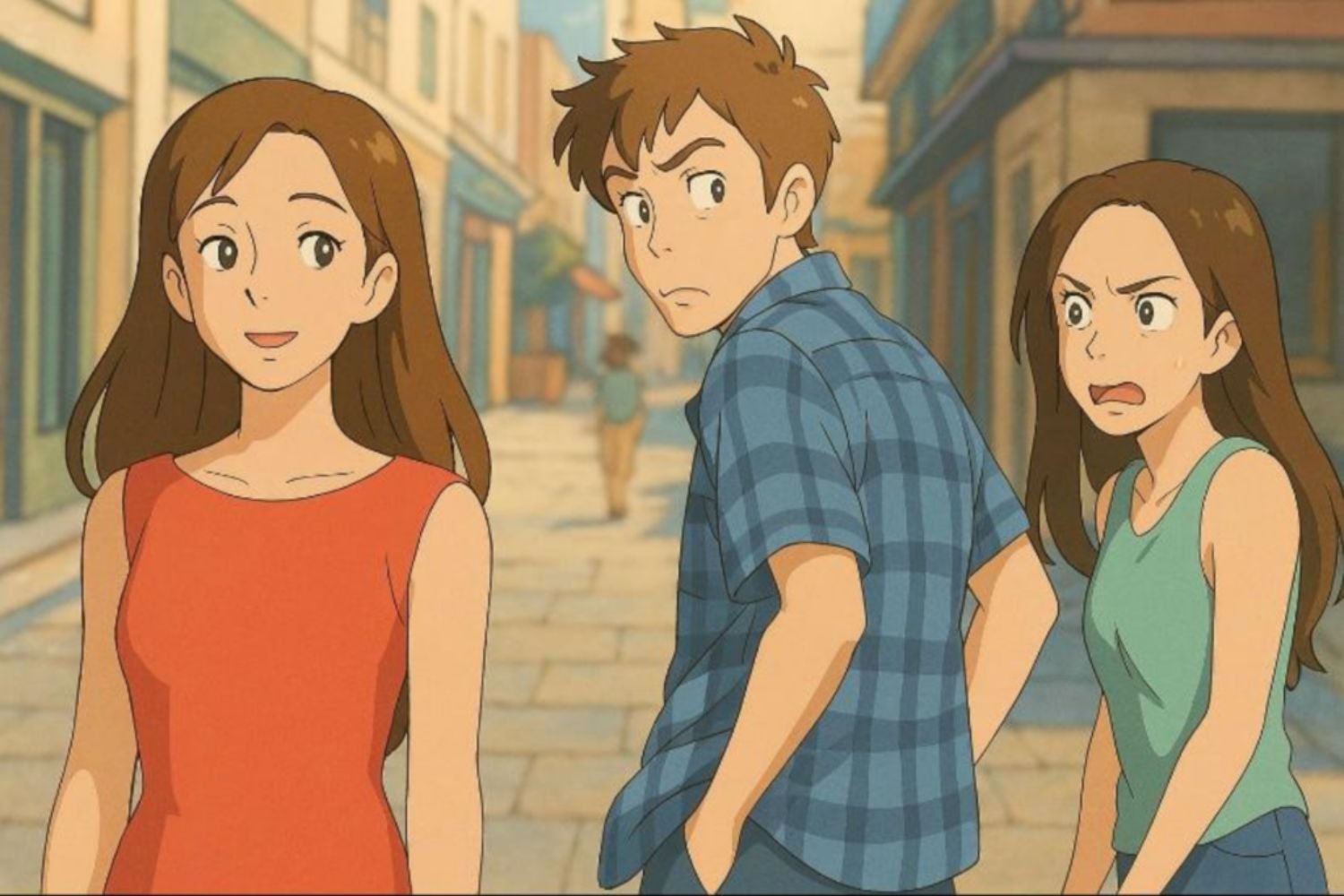Transform Your Photos into Ghibli Style for Free with ChatGPT – The Ultimate Design Hack for Creatives!

Social media platforms are currently flooded with images that seem to be straight out of a Japanese animation film. This trend is fueled by a tool that is accessible to anyone, even without any cost. But what about the artists in this scenario?
Despite criticism from Hayao Miyazaki, the creator of Studio Ghibli, regarding the use of artificial intelligence in art, thousands of users are utilizing platforms like ChatGPT to give their photos a Ghibli-inspired aesthetic – reminiscent of the soft, colorful, and nostalgic style seen in animations like Spirited Away or My Neighbor Totoro. And the best part is that this transformation can now be done without spending a dime.
## The tool that makes it possible
The feature of image editing with artificial intelligence was introduced through the DALL·E model, allowing users to upload images and apply visual transformations using text commands.
Although the tool might not have a direct “Ghibli style” option, users can achieve very similar results to the look of Japanese animations by providing well-crafted instructions. This trend has gained immense popularity on platforms like TikTok, Reddit, and Instagram, where “Ghibli” versions of ordinary photos go viral.
## How to transform an image into the Ghibli style
To create your own Studio Ghibli-inspired version using ChatGPT, the process can be broken down into three steps:
1. **Upload the original image:** In the ChatGPT chat, click on the image icon and send the photo you wish to transform. For portraits, ensure that the face is visible, well-lit, and in high resolution.
2. **Request a cartoon-style version:** To avoid trademark restrictions, it’s best to start with a generic request, such as “Make a cartoon-style version of this image.” This allows the AI to apply stylized strokes without directly invoking intellectual properties.
3. **Request a Ghibli-inspired style:** Once the cartoonized version is generated, ask for an adjustment inspired by the Ghibli universe with descriptions like: “Adapt the image to the style of classic Japanese animation, with soft colors and dreamlike atmosphere.” Avoid direct mentions of “Studio Ghibli” to prevent the platform from blocking the request. Effective alternatives include phrases like “Japanese animation style from the 80s and 90s” or “traditional Japanese animation movie aesthetic.”
It’s important to note that while these tools can broaden access to visual creation, they do not replace human perspective, intention, and sensitivity. Designers who can integrate these technologies into their work will continue to play a crucial role in creating visual narratives with purpose and identity.




